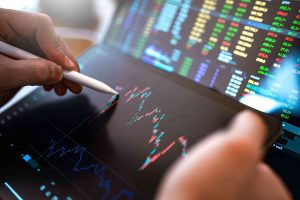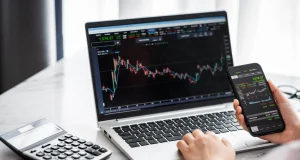
Nervousness is commonly experienced by newbies when they finally choose to move from demo accounts trading to real CFD Trading experience. This situation obviously happens because of the existence of greater risk the moment you start trading for real. The thought of knowing that real trading involves the use of real money on your account makes us feel scared to lose. This fear needs to be shrugged off. Experts therefore suggest that continuous training and education will boost your confidence to face brokers and trade in a real market. To do this, it would be a great idea to review and memorize the foundations of your chosen instrument so as to fully understand its behaviour in the real market. Thus, we give you the basic concepts concerning CFDs.
- Position Margins
Margin is the amount of money that you put in your account in order to start trading. Such amount is usually designated by your CFD providers and this amount depicts the full value of your position. Calculations for such amount depend on the respective margin rates for its level. With this, we emphasize that profits and losses will be equivalent to the full amount of your position. Thus, it pays to discuss things with your financial coach prior to actual position margin trading.
- Spreads and Commissions
Most demo accounts have probably shown how spreads work. As a simple flashback, spreads are defined as the difference between the buying and the selling price. Some platforms explain the calculation of spreads via spread calculator. Such calculators are useful tools for traders who wish to calculate and contrast the effect of spreads to several trading situations. As for commissions, we also advise that you seek trading platforms that do not charge commissions for their services.
- Contract Size
This element is used to quantify your trade. In the case of CFD trading, every lot size depends on the value of the underlying asset that is traded. Take note that the designated size of contract for CFDs normally imitate the how the asset is exchanged in the actual market.
- Short Vs Long Selling
Your choice to go either long or short selling depends on your analysis of the behaviour of merchandise in the market. If you observe that the product rates increase over time, you have to normally pick to go long and hope that its increasing rate continuously happens. The moment you feel that the rates are no longer increasing, it is high time for you to go short or sell the contract.
- Incoming and Outgoing
When money is involved it is very necessary to assess and audit if your cash flow is still reasonable. This is where you will need to calculate for the profit and loss using the formula
P&L = number of CFDs x (closing price – opening price)
Conclusion:
We acknowledge the fact that these concepts are not foreign to you because you might have tried dealing with these things in your simulated account. Our goal in this article is to reintroduce these concepts for the sake of analysis and application for a more confident actual trading.







